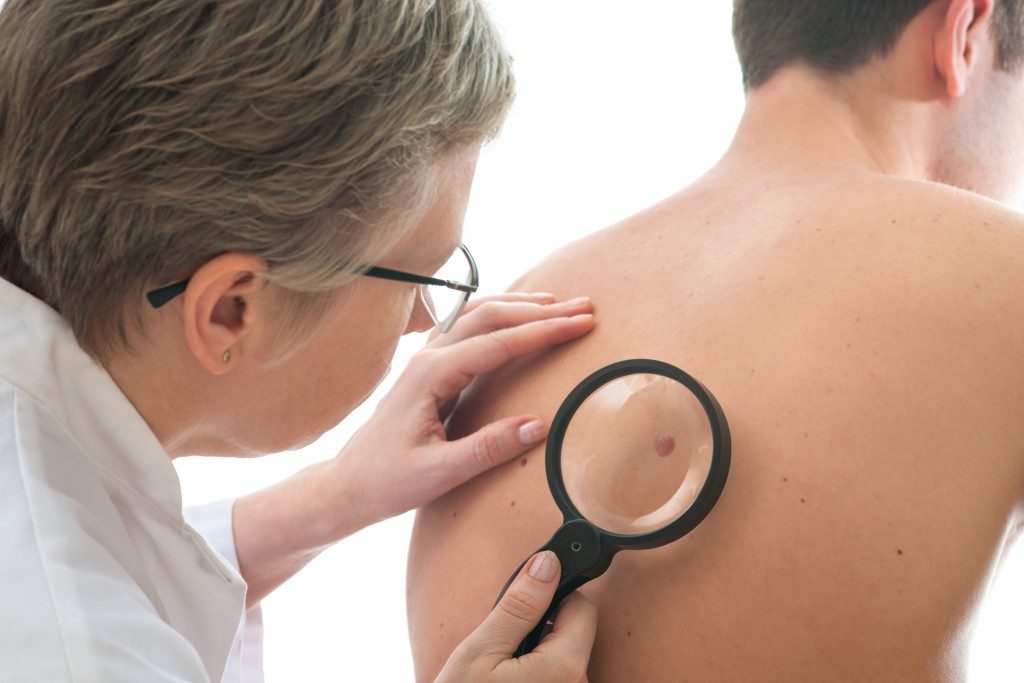 Stiff knees are some of the common and most devastating effects of osteoarthritis, aging, knee malformations and inadequately healed dislocated knees. Medications, physiotherapy and walking aids might help a few patients in minimizing the discomfort of a stiff knee and maintaining its range of motion. For people whose knees have already lost a lot of tissue and suffered considerable damage; however, a total or partial knee replacement is the best management approach.
Stiff knees are some of the common and most devastating effects of osteoarthritis, aging, knee malformations and inadequately healed dislocated knees. Medications, physiotherapy and walking aids might help a few patients in minimizing the discomfort of a stiff knee and maintaining its range of motion. For people whose knees have already lost a lot of tissue and suffered considerable damage; however, a total or partial knee replacement is the best management approach.
The surgeries will restore the knee’s function and eliminate the discomfort and pain of a stiff knee. There are different approaches used by an orthopedic surgeon in Provo based on the location and extent of your knee issue. Here are some of the surgical approaches used in knee replacement surgeries.
Traditional Approach
 Here, the surgeon will make 8-12 incisions along the front than towards the middle or along the front then towards the side of your knee. The quadriceps tendon will be cut into during this approach so that the kneecap is turned to expose your knee joints. The traditional surgical procedure will require 3-5 days of hospitalization after the operation and approximately twelve weeks for full recovery.
Here, the surgeon will make 8-12 incisions along the front than towards the middle or along the front then towards the side of your knee. The quadriceps tendon will be cut into during this approach so that the kneecap is turned to expose your knee joints. The traditional surgical procedure will require 3-5 days of hospitalization after the operation and approximately twelve weeks for full recovery.
Quadriceps-Sparing Approach
This is a minimally invasive operation method. The surgeon will start by making 4-6 incisions in the front part of your knee then cutting away the bone before inserting different instruments for the surgery. The knee cap in this approach is pushed to the side rather than turned over to expose the joints to be worked on. The only quadriceps tendon which is cut into in this surgery is the vastus medialis obliquus. The quadriceps-sparing approach is faster than the traditional one since less tissue is cut and sutured. Most patients will only need a day or two of hospitalization and will be able to use their knee within a short period.
Sub-Vastus Approach
This is the least invasive surgical approach for knee replacement. In the sub-vastus surgical procedure, the surgeon will make incisions measuring 3-4 inches without disturbing any part of the quadriceps tendon. The sub-vastus approach is considered the most favorable in knee replacement surgery and requires less outpatient physiotherapy. Your knee’s range of motion will be restored within a month after the surgery.
Lateral Approach
In this approach, the incision is made from the knee’s side. It spares most of the quadriceps tendon and patients will return to normal activities faster than those who undergo knee replacement under a traditional approach. The lateral knee approach is a minimally invasive option usually used for the repair of knees which bend outwards.
Total and partial knee replacement surgeries have undergone a range of advancements in recent years. Surgeons, for instance, now use computerized navigation to enhance the accuracy of the placement of knee implants. This accuracy is one of the essential elements in the preservation of the long-term function of your knee. 95% of the patients who have undergone the above approaches for their knee replacement surgeries have reported a dramatic decrease in knee pain and improved mobility. The implants inserted during the surgery work well for over 20 years after their insertion and 98% of people regain their knee’s range of motion.



